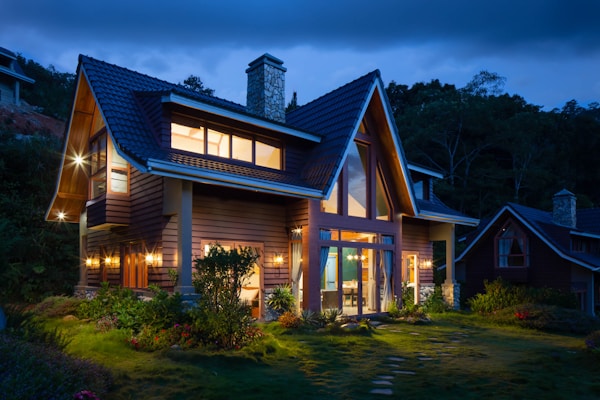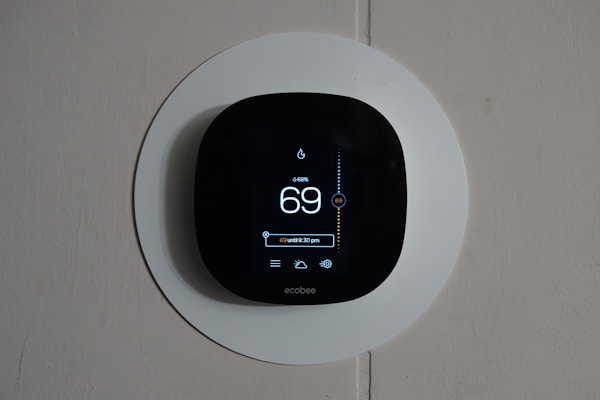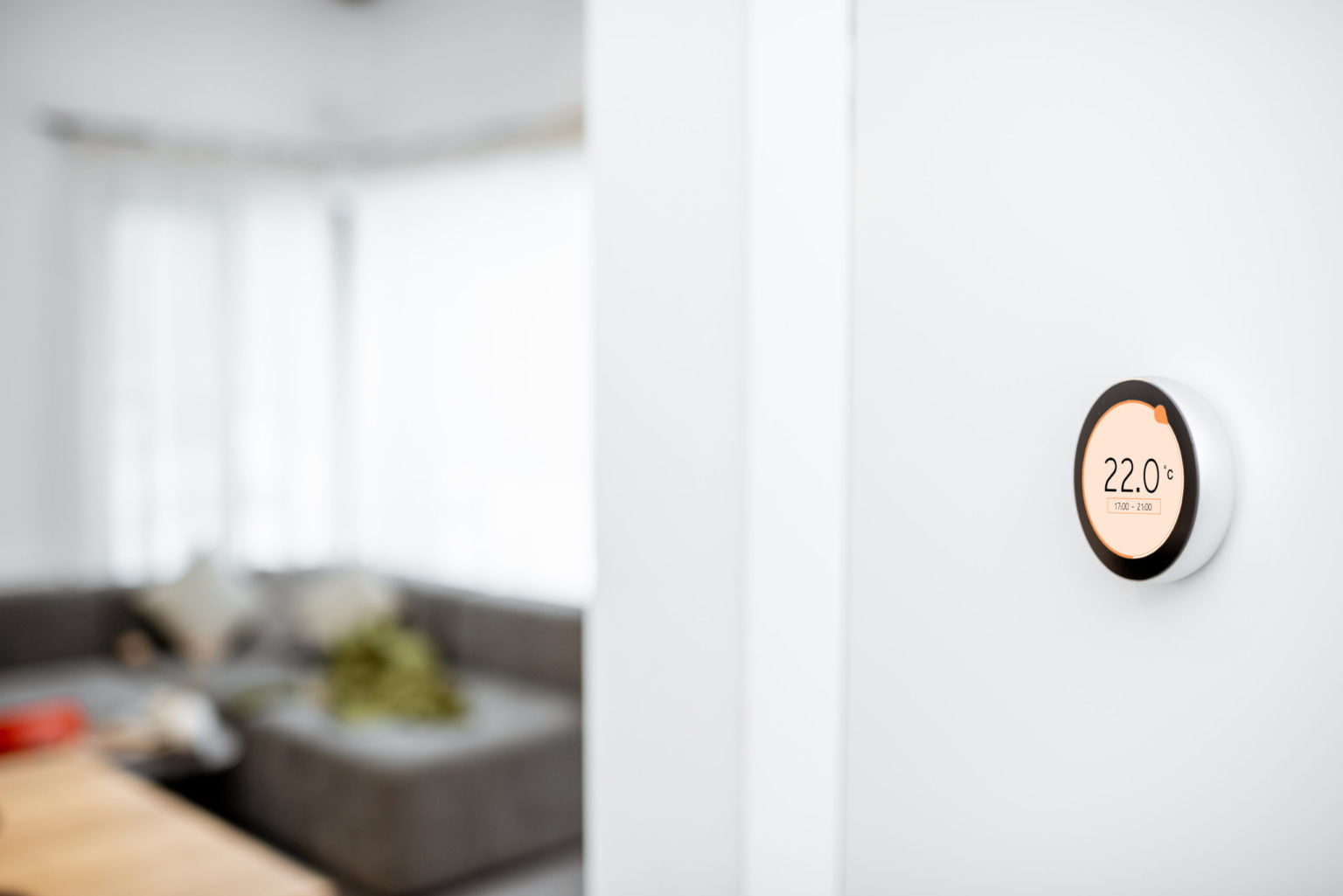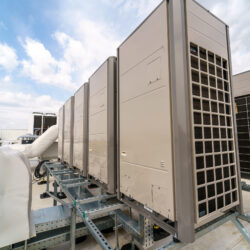A geothermal heating and cooling system is a type of HVAC system that uses the heat from the earth to heat and cool your home. The earth is a natural source of heat, and a geothermal system takes advantage of this by using a series of pipes called a ground loop to circulate water through the ground. This water absorbs the heat from the earth, which is then used to heat your home in the winter or cool your home in the summer. Understanding the advantages and disadvantages of these systems is crucial when deciding whether or not you want one for your home. Keep reading to find out about the pros and cons of geothermal heating and cooling systems.
What are the pros and cons of geothermal heating and cooling systems?

Geothermal heating and cooling systems are among the most efficient types of systems you can install in your home. They work by using the natural heat emanating from the earth to either heat or cool your home. This type of system is much more efficient than traditional heating and cooling systems, which rely on fossil fuels to generate heat. A quick search for “geothermal heating and cooling pros and cons” will give you a general idea of how people feel about these systems, but we’ll go over a few of the major points in this article.
One of the biggest benefits of geothermal heating and cooling is that it is a renewable resource. Unlike fossil fuels, there is no danger of running out of heat from the earth. Geothermal systems are quiet and cause minimal disruption to your home too. They also tend to be more reliable than traditional heating and cooling systems. The main downside of geothermal heating and cooling is that it can be expensive to install. This expense can partially be offset if you qualify for tax credits for homeowners that install ground source installations.
If you are considering installing a geothermal system in your home, be sure to consult a qualified HVAC contractor. They can help you determine if a geothermal system is the right choice for your home and provide you with a quote for installation. Just don’t forget to have the system serviced regularly so it will remain in good working order.
How else can you maintain your preferred indoor temperature?

Your HVAC system is always going to be your first line of defense when it comes to maintaining a comfortable home environment, but there are other steps you can take to ensure that your home is temperate all year long. For example, the condition of your windows could be impacting your indoor climate. Cracks and crevices in your windows and doors can let in outdoor air, moisture, and contaminants. If you notice any of these issues, you should seal them with caulk or weatherstripping immediately. Call a contractor if the damage is severe.
Another home upgrade you should consider is investing in a smart thermostat. Not only does it save you money on your energy bills every month, but it can also enable you to conserve energy and make your home more comfortable. Smart thermostats are able to do this by learning your habits and adjusting the temperature accordingly. Some models even provide insights into your energy habits, so you can optimize your usage to be as eco-friendly as possible, which will also have the effect of lowering your home’s overall carbon footprint.
As you can see, there’s a lot to learn about geothermal heating and cooling. Geothermal systems use the earth’s natural heat to provide heating and cooling for your home. This type of HVAC system is more efficient than traditional heating and cooling systems. While the cost of installation can be high than other types of systems, they will often pay for themselves over time. Additionally, sealing air leaks and upgrading to a smart thermostat can make your entire HVAC system more effective. If you follow the advice in this article, you’ll be comfortable in your home, no matter what the temperature is like outside.






